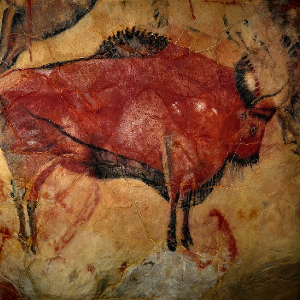Prehistoric human migrations: a prospective subject for modelling using geographical information systems

HTML: 23
All claims expressed in this article are solely those of the authors and do not necessarily represent those of their affiliated organizations, or those of the publisher, the editors and the reviewers. Any product that may be evaluated in this article or claim that may be made by its manufacturer is not guaranteed or endorsed by the publisher.
Authors
Researchers in many fields have discovered the advantage of using geographical information systems (GIS), spatial statistics and computer modelling, but these techniques are only sparingly applied in archaeological research. Writing 30 years ago, Castleford (1992) noted the considerable potential of GIS, but he also felt that its then atemporal structure was a serious flaw. It is clear that the study of dynamic processes suffers if past events cannot be linked to each other, or to the present, but today’s powerful tools have overcome this drawback. Importantly, with location and time as key indices, hypotheses about early human population dynamics can be tested and visualized in ways that can potentially reveal hidden relationships and patterns. [...]
How to Cite

This work is licensed under a Creative Commons Attribution-NonCommercial 4.0 International License.
PAGEPress has chosen to apply the Creative Commons Attribution NonCommercial 4.0 International License (CC BY-NC 4.0) to all manuscripts to be published.

 https://doi.org/10.4081/gh.2023.1210
https://doi.org/10.4081/gh.2023.1210




